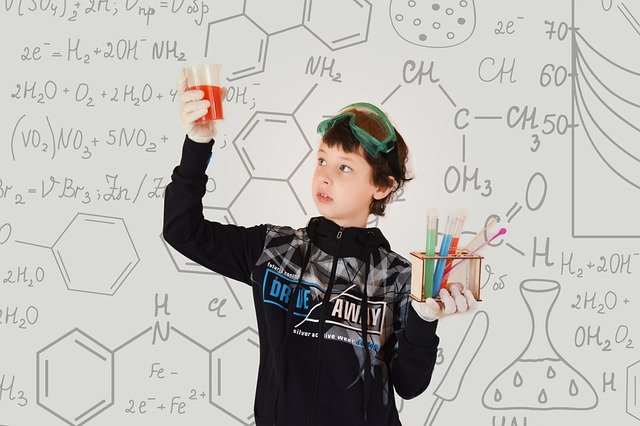Sign up for our daily edtech news briefing today, free.
When we set out to overhaul our two science labs — one for grades 5-6 and the other for grades 7-8 — we rewrote the plans for what a typical lab looks and feels like. We wanted a truly engaging space that got students interested and excited to learn about laboratory sciences.
We got to work. We updated the existing footprint with moveable walls, comfortable seating and device chargers, among other changes. The end result was a far cry from the 20-year-old labs that stood there before. Here’s what we learned along the way.
Think beyond just replacing what is already there
It’s easy to replace desks, chairs, flooring, and gas jets and then call it a laboratory makeover, but we didn’t want to replace the existing space with more of the same. We focused instead on building a future-ready classroom for our students.
Factor in the “3Cs”
We wanted our students to be able to think like the engineers, scientists and collaborative teams like those at Google or Apple. We asked ourselves questions like: What does authentic learning look like? What are the skills that our students are going to need to know for the future? And, how can we incorporate the 3Cs of collaboration, creativity and communication into the mix? So where traditional labs are more individualized and serve as a place to collect your data and report on it, what we wanted kids to do was to see how science really works in a collaborative manner.
Make it a comfortable, flexible space
We installed moveable walls, made good use of natural light, and worked with school furniture provider MiEN to come up with an interior design that fit with our core mission. One of the first things to go were the uncomfortable, metal chairs found in most science labs. We wanted students to be able to sit and collaborate comfortably. When you go somewhere like Starbucks or another cool type of coffee house, that’s where a lot of people do their best work. We wanted to emulate that atmosphere.
Cover the basics
With our design partner, we were able to implement some new, innovative concepts that support modern learning and collaboration. Some of those concepts include pub tables that students can gather around; cozy chairs that move and rock; and comfortable couches. As a 1-to-1 school where students have either iPads or Chromebooks, we also included outlets for device charging and writing spaces at every station throughout the labs.
Get creative within the budget
Be extremely clear about what your budget is and don’t allow budget creep to take place. Be upfront with the partners that you’re working with; tell them how much you can spend and ask them not to show you anything that you can’t afford (doing so is just a big waste of everyone’s time). Finally, be sure to come into it with a vision. Without that, you’re never going to get to where you want to be.
Most schools were set up for learning during the industrial revolution; it’s time to make these spaces current. This is important because today’s students learn differently than their predecessors did. So where kids still need to write, hold books, and take part in other traditional classroom activities, they also need flexible, creative spaces to learn in. That’s the premise that we built our new labs on, and it’s working out pretty well so far.
Renee Fitzsimmons is director of innovation at Lake Forest School District in Lake Forest, Ill. She worked with MiEN to develop two modern science labs.
______________________________________________________________________________________________________________________________________
Like this article? Sign up for our Edtech news briefing to get news like this in your inbox, or check out all of SmartBrief’s education newsletters, covering career and technical education, educational leadership, math education and more.
More from SmartBrief Education:
- Free resources for educators during the coronavirus pandemic
- Distance learning while respecting students’ home lives
- 8 ways to make vocabulary instruction more effective
